Spring is a magical time in the Treasure State — wildflowers burst into bloom, and the sharp crispness of winter gradually gives way to the gentle warmth of a new season.
But did you know hunting in early spring not only unlocks the wealth of natural treasures like morels and shed antlers but also unveils the best time to secure spring bear meat without much bear fat that’s truly second to none?
Taking on a bear hunt solo can be an incredibly rewarding experience, and Montana offers the perfect backdrop for this adventure. With an estimated 15,000 black bears calling the state home, it’s no surprise Montana tops the charts as a desirable spot for DIY hunters hoping for a successful spring bear season.
In this article, we’ll be your bear guide through the expansive terrains of Montana, sharing essential tips for gear, prime hunting spots, and safety strategies for a successful venture.
- Related article: Bear Hunting in Montana
Whether you’re a seasoned hunter or just stepping into the world of bear hunting, be sure to stick around, and remember, the thrill is in the chase, not the shortcut to the prize.
7 Key Takeaways on DIY Montana Spring Bear Hunt
- For a successful DIY Montana spring bear hunt, invest in high-quality gear like optics, backpacks, and boots.
- Prime bear hunting areas in the state include Bozeman, Kootenai National Forest, Swan Valley, and Northwest Montana.
- A Montana spring bear hunt’s advantage is that you are more likely to encounter mature bears, thereby reducing your chances of encountering smaller bears.
- Some important bear-hunting tips include listening to advice from local experts and utilizing online tools for e-scouting.
- Bears are most active during the first and last light of the day, but the best time for hunting is the final hour of daylight.
- When conducting a spring bear hunt on your own to achieve success, it’s important to approach it with careful planning and thoughtful consideration.
- Always be bear aware and carry bear spray especially when hunting in bear country.
DIY Montana Spring Bear Hunting Guide
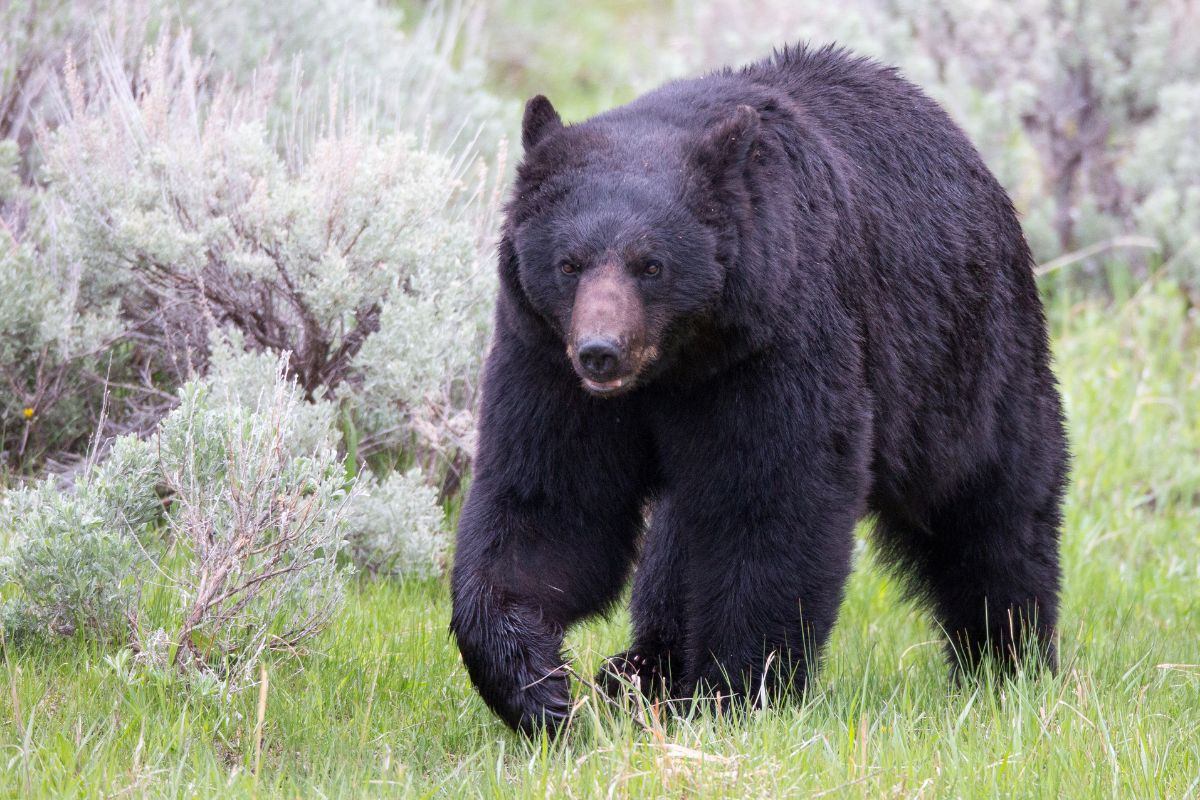
Spring brings not just wildflowers but also the opportunity for an exhilarating black bear hunt in Montana. As you prepare for your spring bear hunt, always remember that respect for nature and the animals is paramount.
These expert tips will help you make the most of your hunting experience in the beautiful outdoors of Montana. And who knows, with the right strategies, it might just be the trip where you land the biggest bear of your dreams.
1. Montana Bear Hunting Gear
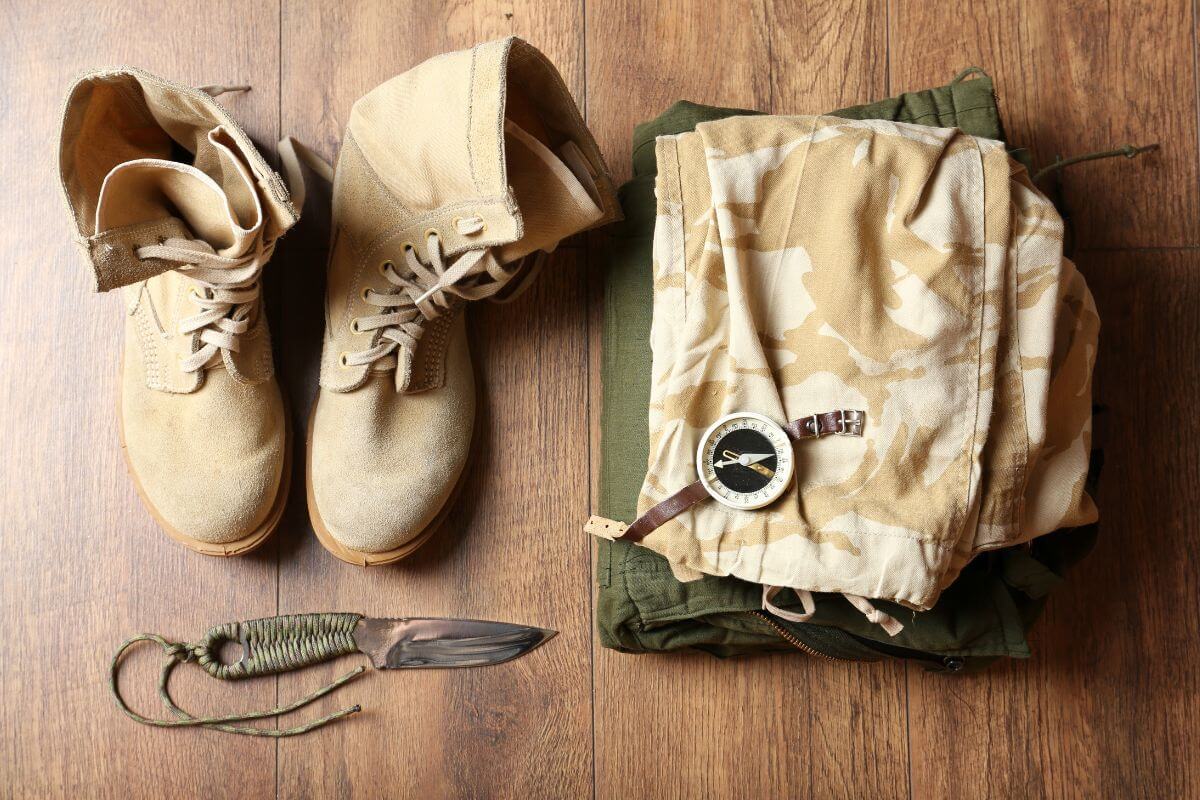
It’s no secret that Montana’s spring weather can turn a sunny day into a torrential downpour in the blink of an eye. With the proper gear, you can easily navigate challenging and unpredictable terrain, increasing your chances of a successful bear-hunting adventure.
For a Montana bear hunt, having the right gear to ensure a memorable and enjoyable experience is essential. Here is a condensed list of necessary gear:
- Mountain Boots – For keeping your feet dry and steady in rough terrains and wet conditions.
- Trekking Poles – Assist in balancing and distributing your weight on uneven grounds.
- Tripod – Ideal for long-range observation and steady aiming.
- Optics and Rangefinders – Invest in high-quality gear for optimal sighting and judgment.
- Scent-Neutralizing Products – Minimize human scent to avoid detection by bears.
- Headlamps – Essential for navigating in low light or setting up in the dark.
- Synthetic Game Bags – These lightweight, washable bags keep the meat clean and free from flies.
- Sharp Knife – A durable knife is invaluable for field dressing and skinning.
- Mountain Bike – This can be an efficient means of transport in the right areas.
- Rain Gear and Gaiters – Even in spring, rain is typical. Be prepared and avoid getting your feet wet.
- Solid Backpack – A backpack with enough space for all necessary gear including your bear hunting tags.
- Appropriate Clothing – Layers to prepare for fluctuating spring temperatures; bear spray as a precaution.
Embarking on a bear hunt in Montana is a bucket list experience, so be prepared with the right gear. Don’t let spring showers deter you; instead, use it as an opportunity to dive into action as soon as a storm passes.
2. Montana Bear Hunting Spots
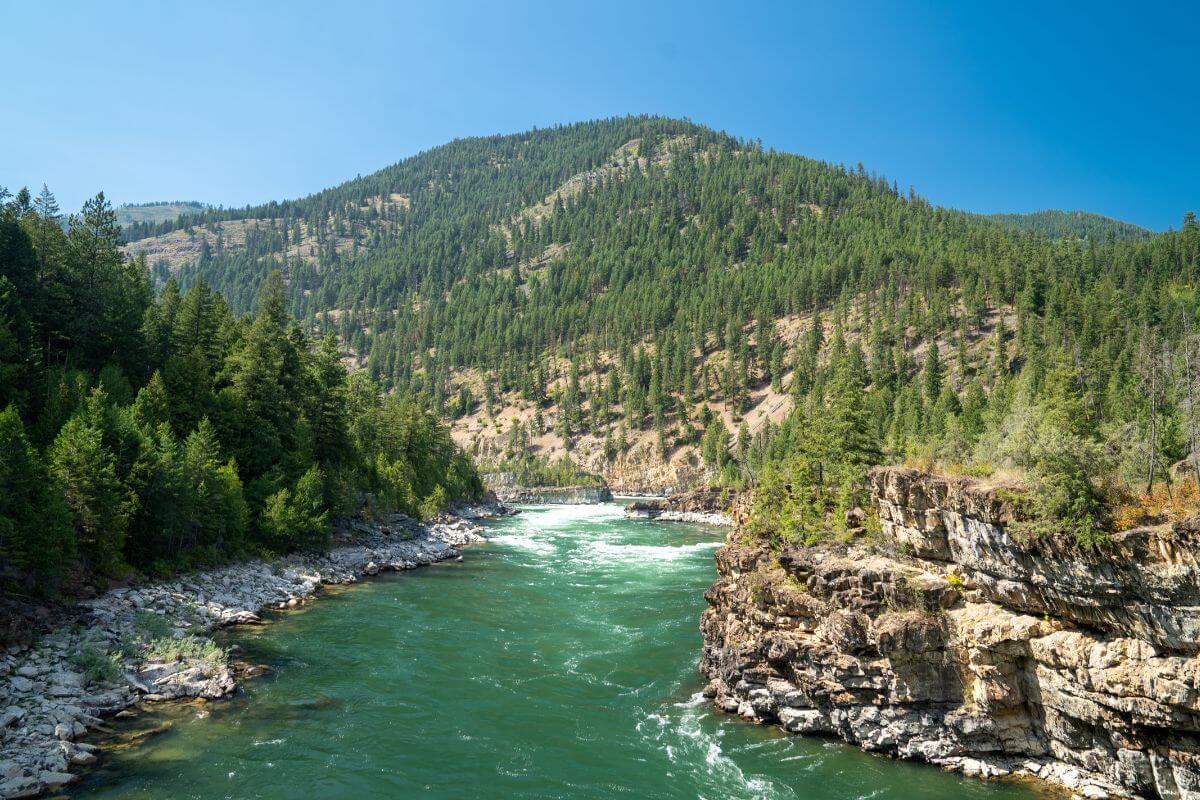
Montana is known for its abundant bear population, making it a popular destination for bear hunters. Let me give you the lowdown on the prime spots:
| Prime Hunting Spot | Description |
|---|---|
| Bozeman | Excellent bear hunting, but exercise caution due to the presence of grizzlies. Be well-prepared and alert when hunting in this region. |
| Kootenai National Forest | Sprawling over 2 million acres, this area offers a reliable black bear population, especially during the spring season. |
| Swan Valley | One of Montana’s top black bear habitats located in a beautiful valley. During spring, the valley floor becomes a prime buffet for bears emerging from hibernation. |
| Northwest Montana | Ideal for hunters concerned about grizzlies. Focus on hunting loaded black bear populations in logging country with lower grizzly density. Enjoy hunting without the added anxiety of encountering grizzlies frequently. |
Remember, understand the risks, and remain vigilant. These locations aren’t just desirable bear habitats with plenty of bears to see and hunt including a beautiful cinnamon bear; they’re also examples of Montana’s untouched natural beauty and specialist ecosystems.
3. Montana Bear Hunting Tips
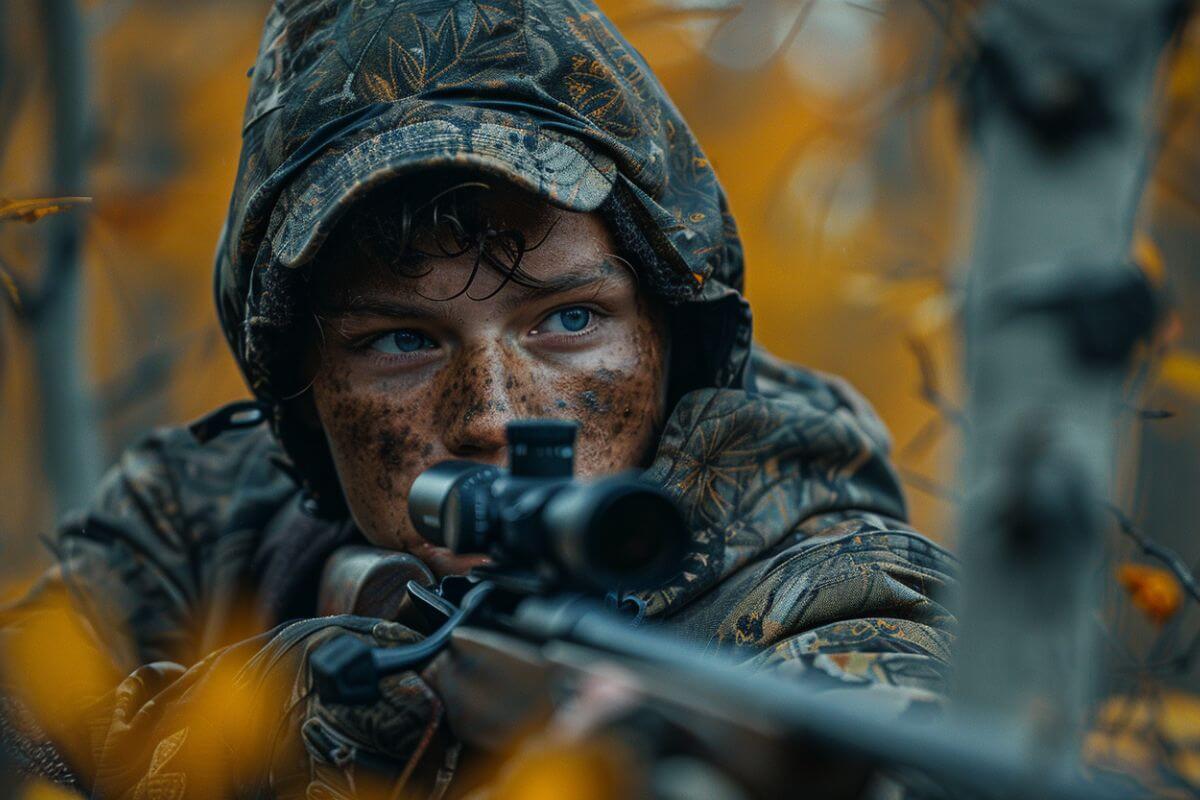
One of the advantages of a spring hunt in Montana is the opportunity to encounter large boars early on. By hunting early, you can limit your encounters with smaller bears.
So, keep in mind that timing is everything. If you wait until later, typically into June during the bear rut, the large boars are out and about, but they can be more challenging to hunt.
It’s important to note that Montana is strict on bear hunting regulations, so bear baiting and hound hunting are not allowed. This makes Montana an ideal state for hunters who enjoy more traditional methods, like putting on miles and spending time behind the glass looking for a trophy bear.
Top Strategies for Your Montana Bear Hunt:
- Find Food Sources – To succeed in bear hunting, one should find out what the bears are eating. Bears in Montana are often drawn to huckleberry patches. This helps attract bears and enables the hunter to track and spot one.
- Follow the Snow Line – Getting into the high country where fresh green grass sprouts are emerging is another way to find bears as they know where to find the green up. To find bears, follow the receding snow line in the mountains where fresh green grass is sprouting up in the high country.
- Embrace Remote Areas – Focus on less crowded areas and avoid popular spots along roads. Seek out more remote spots away from easy glassing spots to increase your odds. Finding old logging roads with grass and little human traffic can also be perfect for bowhunting.
- Stay Still – Sit quietly at the edge of a large meadow where fresh signs are present can be another strategy. This requires patience and determination but can lead to success.
- Dedicate Time to Glassing – Spend ample time scanning the country to spot bears that can appear unexpectedly. Bears can appear suddenly, so you need to keep scanning the area until you find the right one in the right place.
- Consider E-Scouting – E-scouting is important for locating potential bear magnets. Satellite resources like OnX, Base Maps, and Google Earth help to understand trails, topography, and road systems.
- Seek Local Advice – Contacting the local Fish and Game Department for recommendations and obtaining Forest Service maps of the area can provide valuable insight. Also, don’t hesitate to reach out to other experienced hunters, but make sure to do your homework beforehand.
- Practice Precision – Shot opportunities in Montana bear hunting typically range from 200 to 400 yards, so precision is crucial due to the bear’s smaller size.
- Employ Calling – Calling can also be effective, with a fawn-in-distress call often yielding the best results. It is essential to choose a calling location with ample signs of bear activity.
- Make Your Movements Slow – Bears have a keen sense of smell, so slow and silent movements are crucial as you approach bow range. While you can’t fool their nose, you can deceive their eyesight.
- Time Your Hunt – Bear activity is highest during the first light and last light of the day. The last hour of daylight is particularly crucial, as that’s when most bears become active.
- Know the Basics of Skinning – If you’re hunting solo, knowing the basics of skinning a bear including paw removal and caping the head can save you a lot of hassle.
So whether you’re drawn to Montana’s decent bear density or the allure of color-phase bears from blonde bears to brown bears, a well-planned and thoughtful approach will give you a decent chance for a successful DIY spring bear hunt. And remember, the journey is just as rewarding as the result.
4. Montana Bear Hunting Safety Tips
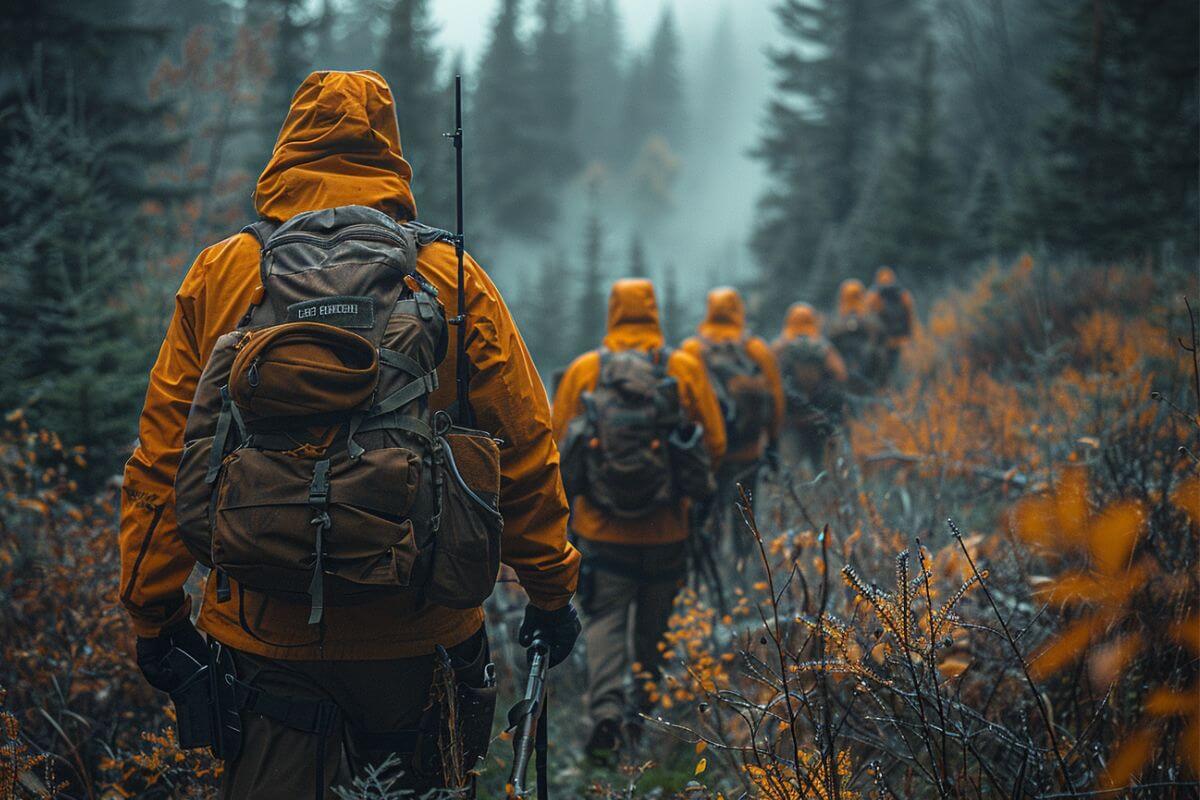
Montana is witnessing a rapid growth in grizzly bear populations, causing them to expand into their historic ranges. However, with this expansion comes an increased risk of human-bear conflicts, especially during hunting season.
To ensure a safe and successful hunting experience, it is crucial to follow proper safety precautions and tips. Here are some important Montana bear hunting safety tips:
- Pack Your Kill Smartly – If you’re packing meat, make it a priority to avoid doing so during the twilight or evening. Get yourself a solid headlamp, and if you kill an animal late in the day, be prepared to shine a light on the situation. Keep a sharp lookout for bears.
- Properly Store Your Game – Hang meat securely until retrieval, placing it in a visible area. If leaving the site, position the game for easy observation. Drag gut piles at least 100 yards away from the carcass into open spaces promptly.
- Respect the Bears – The meat you leave behind might not be there when you come back. If a bear has taken your animal, don’t try to scare it away. Instead, report it to the Montana Fish, Wildlife & Parks (FWP).
- Avoid Hunting Solo – Traveling in groups reduces the likelihood of a dangerous bear encounter. If you must hunt alone in bear country, let someone know your plans and have a way to send an emergency signal.
- Stay Alert – Make “constantly scanning the area” your new favorite activity. It’s not just about finding your prey anymore; fresh bear signs are what you’re looking for. Steer clear of moving straight through places where the view is obstructed, and carefully examine dense and shadowy areas.
- Keep a Clean Campsite – Keep your food in bear-proof containers, or play a grown-up and put it in your car. Also, avoid sleeping in clothes that were worn while cooking. A clean camp makes for a peaceful hibernation for the bears, too.
- Make Some Sacrifices to Maximize Safety – The last hour of daylight, traditionally referred to as the magical ‘golden hour,’ holds true for photos, but not always for hunting. Hunting in the dark or tracking an animal shot during this time can be challenging, especially when there is a risk of encountering bears.
- Communicate with Other Hunters – Word of bear, quite literally, can save lives. If you come across another hunter or have friends in the same area, share your bear sightings and signs. It’s like a community watch, but for bears.
- Arm Yourself With Bear Spray – Whether you’re hiking or hunting, always carry bear spray, and know how to use it. It’s been scientifically proven that bear spray is a more effective deterrent than bullets.
These safety tips might not sound like the thrill a lot of hunters are seeking, but let’s face it, the thrill of being able to say “I survived a grizzly encounter and lived to hunt another day” is not exactly on anyone’s bucket list.
By following these safety tips and being aware of your surroundings, you can minimize the risks associated with bear encounters during hunting season in Montana.
DIY Montana Bear Hunt Final Thoughts
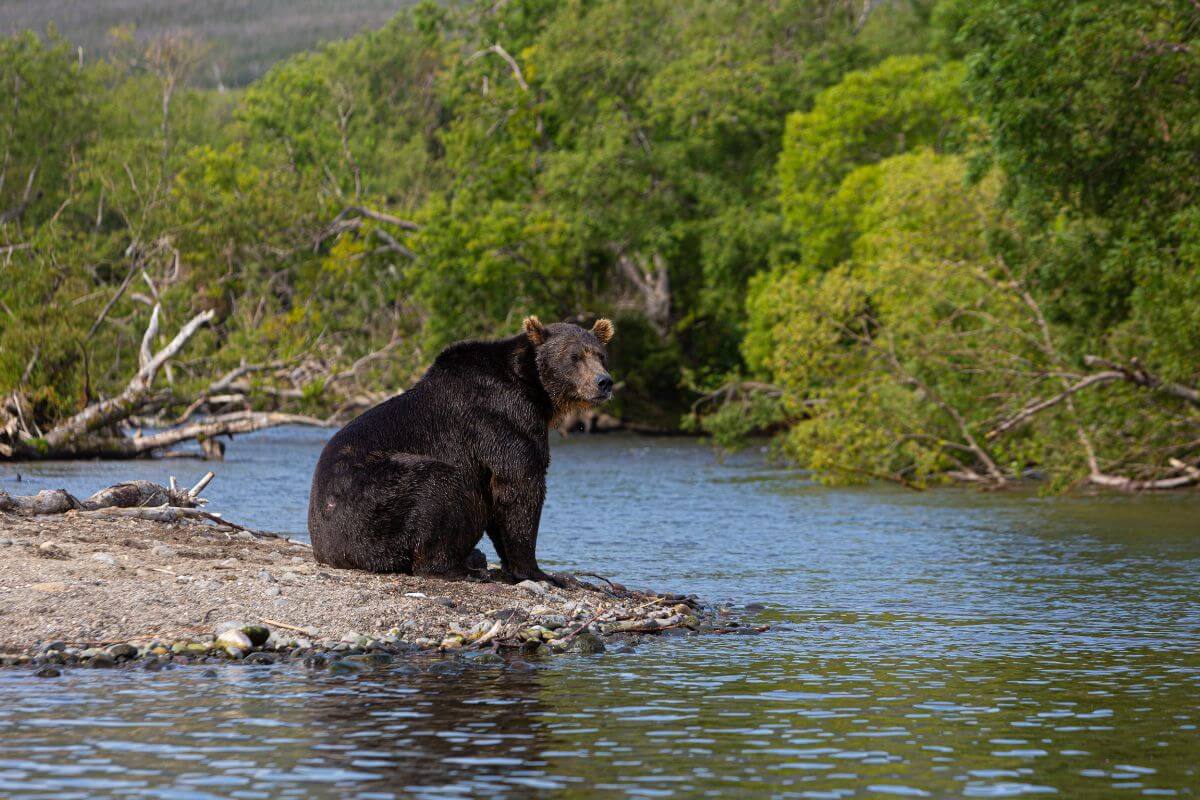
As you gear up for your DIY Montana spring bear hunt, it’s vital to remember that this isn’t just a conquest, but a respectful interaction with Montana’s unique natural environment and its bear population.
The pro tips you’ve absorbed from this bear guide, from choosing the right location to mastering your shot, are all strategic plays to enhance your enjoyment, safety, and the sustainability of your hunt.
By embracing these expert insights and showing the utmost respect for nature, you’re not only maximizing your odds of a successful bear encounter but also contributing to the preservation of the cherished Montana wilderness.
So, as you step into Montana’s expansive and inviting landscapes, may your skills collide with opportunity and your efforts culminate in a hunt fit for your wildest dreams. Be safe, be mindful, and above all, savor every moment of this thrilling and immersive adventure that Montana has to offer.
DIY Montana Spring Bear Hunt FAQs
1. How Do You Hunt Spring Bears in Montana?
In Montana, hunting spring bears typically involves scouting for fresh signs such as bear scat, tracks, or overturned rocks in areas where bears are known to frequent, particularly near food sources like berry patches or new vegetation growth.
Hunters often employ spot-and-stalk tactics, glassing hillsides and clearings for bears, and calling to attract them within range.
2. Is Montana Spring Bear Over-the-counter?
Resident and non-resident licenses for bear hunting in Montana are over the counter. Hunters are limited to purchasing one black bear license over the counter per year.
3. Can Nonresidents Hunt Bears in Montana?
Nonresidents are allowed to hunt bears in Montana. However, they need to obtain the necessary licenses and follow the state’s regulations, including obtaining bear tags and compliance with specific hunting guidelines and restrictions set by Montana Fish, Wildlife & Parks.
4. How Much Is a Bear Tag in Montana?
The cost of a bear tag in Montana is $19 for residents and $350 for nonresidents.
5. Can You Hunt Bears in Montana?
In Montana, hunting is permitted for black bears only, as grizzly bears are protected. The state has a Bear Identification Program to help hunters distinguish between grizzly bears and black bears, emphasizing the importance of accurate identification to ensure compliance with regulations and conservation efforts.

